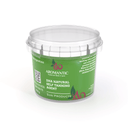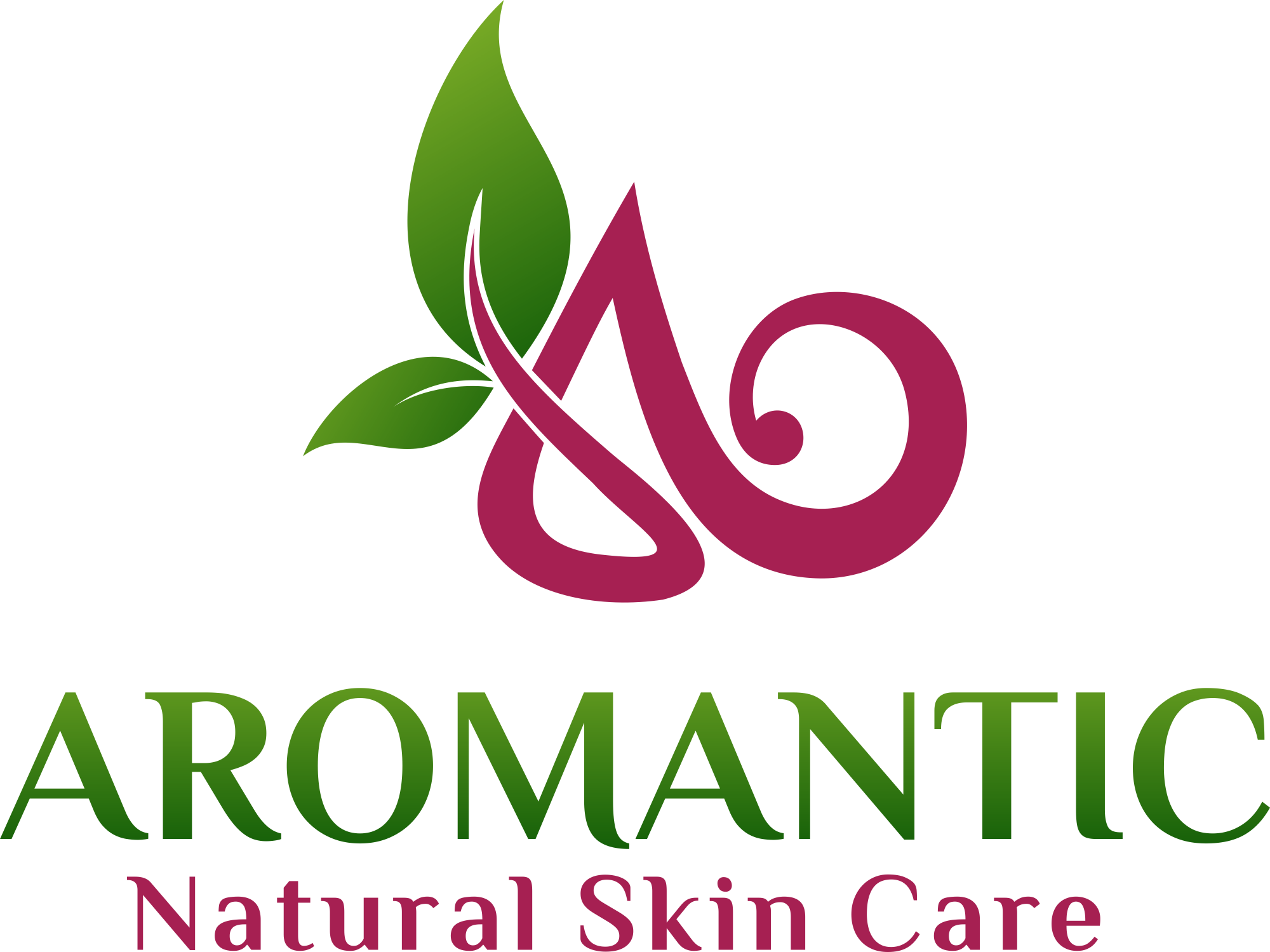
DHA Natural Self Tanning Agent
From £11.98 GBP (Inc VAT)
 DHA Natural Self Tanning Agent
From £9.98 GBP (Ex VAT)
DHA Natural Self Tanning Agent
From £9.98 GBP (Ex VAT)
From £11.98 GBP (Inc VAT)

From £11.98 GBP (Inc VAT)
Your payment information is processed securely. We do not store credit card details nor have access to your credit card information.
Minimum Shelf life:
DHA Natural Self Tanning Agent Product Description
Benefits
Product Benefits
-
Creates a natural-looking tan without UV exposure
-
Ideal for use in self-tanning creams, lotions, and sprays
-
Derived from plant sources (Palm or Rapeseed Oil)
-
Bio converted from glycerol
-
Powder form for flexible, custom formulations
-
Suitable for face and body products
-
Vegan
-
Non-toxic and skin-friendly when used as directed
-
Free from artificial dyes or pigments
-
Formulators should take into account various factors such as stability, pH levels, and compatibility with other ingredients to ensure the efficacy and safety of the final formula.
Product Description
Product Description
Dihydroxyacetone, commonly known as DHA, is a well-established active ingredient used in natural self-tanning products. This white, crystalline powder delivers a healthy, bronzed glow without the need for sun exposure, making it an essential component in modern skincare and beauty routines. For optimal results, dissolve DHA in water before adding it to your formulation to ensure even dispersion and effectiveness.
Derived through the bioconversion of glycerol extracted from plant sources like Palm or Rapeseed Oil, DHA reacts with amino acids on the surface of the skin to form a temporary tan. This Maillard reaction mimics the appearance of a sun-kissed glow without compromising skin health. Using a specific DHA solution and handling it at the correct temperature and pH levels is crucial to prevent degradation during the tanning process.
Whether you’re creating a light daily facial tan or a deeper full-body bronze, DHA allows you to customise your product’s tanning intensity based on concentration. A higher concentration of DHA is recommended for achieving a darker shade and full-body tanning applications. It can also be used alongside other ingredients such as erythrulose to enhance tone and longevity.
Introduction to Dihydroxyacetone
Dihydroxyacetone, commonly referred to as DHA, is a widely used self-tanning agent in various cosmetics and skincare products. This natural substance reacts with amino acids in the skin to produce a tanning effect, providing a sun-kissed glow without the need for sun exposure. Available in various quantities, DHA is suitable for both small-scale and large-scale manufacturing of self-tanning products, making it a versatile choice for formulators and DIY enthusiasts alike.
How to use it
How to use it
- To use, dissolve in a little cold water and then add while the product is under 40°C.
- Add 5-8% to Self-Tanning Preparations and 0.5%-3% to Sun Screens.
- The raw material needs to be kept dry, away from light and in the fridge.
- NB pH needs to be under 5.5.
- Test your product with Litmus Paper and either add Lactic acid, Citric acid or Ascorbic acid to reduce the pH, if necessary.
How DHA Works as a Tanning Agent
How DHA Works as a Tanning Agent
DHA works by reacting with the amino acids and proteins in the skin’s surface, resulting in a temporary darkening effect. This reaction, known as the Maillard reaction, is a non-toxic chemical process that occurs when DHA comes into contact with the skin. The resulting tan can last for several days, depending on individual skin type and the concentration of DHA used. To achieve the best results, DHA is typically used in combination with other ingredients, such as moisturising lotions or creams, to help hydrate and nourish the skin, ensuring a smooth and even tan.
Properties and Characteristics
Properties and Characteristics
DHA is a white powder that is soluble in water and alcohol. It has a characteristic odor and is sensitive to moisture, requiring storage in a cool, dry place to prevent degradation. DHA is available in various concentrations, ranging from 2-10%, and can be combined with other ingredients to achieve a desired level of tanning. Avoid combining DHA with certain ingredients, such as alpha-hydroxy acids, titanium dioxide, zinc oxide, and iron oxide pigments, as these can induce discolorations or reduce the tanning effect. The pH range of the final product should be between 3.5 and 5 to prevent early degradation of DHA, ensuring the longevity and effectiveness of your self-tanning formulations.
INCI / Ingredients
INCI / Ingredients
INCI Name: Dihydroxyacetone
Origin: Bioconversion of glycerol from Palm or Rapeseed Oil
Appearance: Fine, white crystalline powder
Solubility: Water-soluble
Storage & Shelf life
Storage & Shelf Life
Store in a cool, dry place away from light and moisture. Ideally refrigerated.
Note: The expiration date is printed on the product packaging.
Why buy from Aromantic
Why Buy from Aromantic?
At Aromantic, we source high-quality, natural ingredients with transparency and sustainability in mind. Whether you’re a formulator or a DIY enthusiast, you can count on us for premium, raw materials backed by decades of expertise in skincare and cosmetics.
FAQ's
Frequently Asked Questions
What is DHA in tanning products?
DHA (Dihydroxyacetone) is a natural compound used in self-tanners that reacts with the skin’s surface to create a temporary bronzed appearance.
Is DHA safe to use in skincare products?
Yes, when used externally and as directed, DHA is considered a safe tanning agent and does not penetrate beyond the top layer of the skin.
Can DHA be used on the face?
Absolutely. DHA can be used in facial self-tanners but should be formulated carefully for sensitive areas.
How long does the DHA tan last?
Tans created with DHA typically last 3–7 days, depending on skin type, product formulation, and application method.
Can I use DHA with essential oils or perfumes?
It's best to avoid combining DHA with certain fragrances, especially those with alcohols, as they can cause discoloration.
Can I leave a review of the product?
Yes, we encourage you to share your experiences and evaluations of our DHA products to help other customers make informed decisions.
What are the risks associated with DHA?
DHA is considered low risk for allergic responses as it is naturally occurring in the human body, minimising potential adverse reactions.
Is DHA derived from natural sources?
DHA can be derived from natural sources such as plant-based sugars. It is also a compound that the body can metabolise, which contributes to its safety in cosmetic use.
What if the product is out of stock?
If DHA is currently out of stock, please check back soon or contact us for availability updates.
Technical Documents
Here is a link to all non batch specific documents for this product Link to Technical Documents
If you have any questions about the documents or need the Certificate of Analysis (COA) for a product which you have recived, then please request that here.
Pairs well with
Related Products / Pair With
EcoSilk MB – For a silky, fast-drying finish in tanning sprays
Xanthan Gum Clear – For gel-like texture in self-tan products
Preservative Eco – Maintain shelf life in natural water-based formulas
Rose Hydrolat – Soothing floral water to complement facial tanning mists



